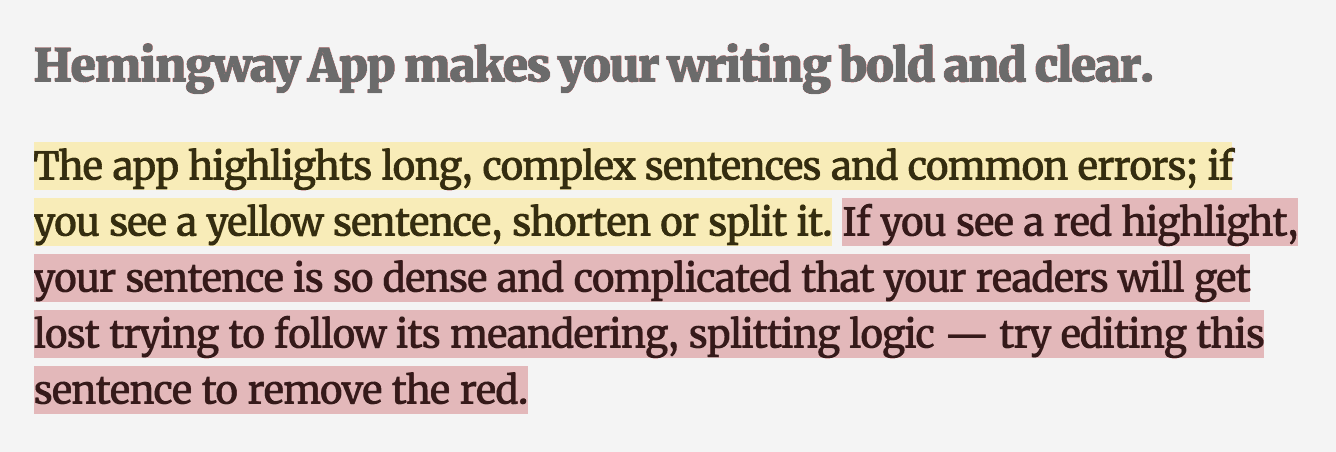Tip: If spelling errors aren't marked, you might need to turn on automatic spell checking, which is explained in the next procedure.
When you see a spelling error, Ctrl+click or right-click the word or phrase and choose one of the suggested options.
Turn on (or off) automatic spell checking
On the PowerPoint menu, click Preferences > Spelling.
In the Spelling dialog box, select or clear the Check spelling as you type box.
Check spelling all at once
On the Review tab, click Spelling.
If PowerPoint finds a potential error, the Spelling pane opens and spelling errors are shown.
To fix an error, do one of the following:
Correct the error on your slide.
Click one of the suggested words in the Spelling pane, and then click Change.
To skip the error, do one of the following:
Click Ignore to skip only that instance of the error.
Click Ignore All to skip all instances of the error.
click Add to skip a misspelled word in all documents and add it to the dictionary.
After you correct, ignore, or skip an error, PowerPoint moves to the next one. When PowerPoint finishes reviewing the presentation, you’ll see a message that the spelling check is complete.
Click OK to return to your presentation.
Excel
You can check spelling in Excel, but you can't check grammar.
Check spelling all at once
On the Review tab, click Spelling.
Note: The Spelling dialog box will not open if no spelling errors are detected, or if the word you are trying to add already exists in the dictionary.
Do any of the following.
To | Do this |
|---|
Change the word | Under Suggestions, click the word that you want to use, and then click Change. |
Change every occurrence of this word in this document | Under Suggestions, click the word that you want to use, and then click Change All. |
Ignore this word and move on to the next misspelled word | Click Ignore Once. |
Ignore every occurrence of this word in this document and move on to the next misspelled word | Click Ignore All. |
See also
First, try a system reset. It cures many ills and it's quick, easy and harmless...
Spell Check Free
Hold down the on/off switch and the Home button simultaneously until the screen blacks out or you see the Apple logo. Ignore the 'Slide to power off' text if it appears. You will not lose any apps, data, music, movies, settings, etc.
If the Reset doesn't work, try a Restore. Note that it's nowhere near as quick as a Reset. Connect via cable to the computer that you use for sync. From iTunes, select the iPad/iPod and then select the Summary tab. Follow directions for Restore and be sure to say 'yes' to the backup. You will be warned that all data (apps, music, movies, etc.) will be erased but, as the Restore finishes, you will be asked if you wish the contents of the backup to be copied to the iPad/iPod. Again, say 'yes.'
Finally, if the Restore doesn't work, let the battery drain completely. Then recharge for at least an hour and Restore again.
Apr 7, 2012 8:24 AM

